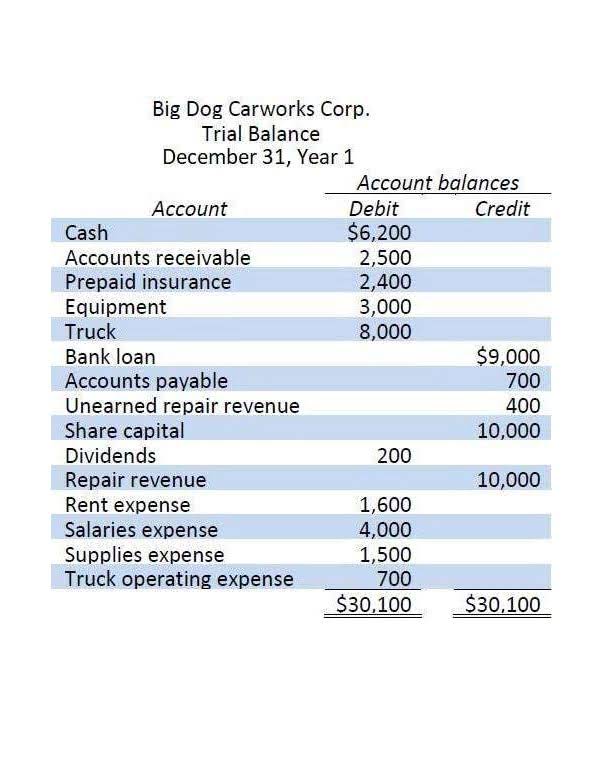
Inventory reserves are applicable under virtually all methods of recording the value of inventory, including the FIFO, LIFO, and weighted average methods. Kellie Hessel is a rising star in the world of journalism, with a passion for uncovering the stories that shape our world. Alternatively, if the company disposes of the inventory for $800, it will charge an additional expense of $700, which is the difference between the book value and the proceeds from the sale. This is recorded by debiting Cash for $800, Allowance for Obsolete Inventory for $6,500, and Cost of Goods Sold for $700, and crediting Inventory for $8,000.
Cash Flow Statement
Most companies use the cost of goods sold in the account to record this expense, but they may separate subaccounts for easy control. It simply deducts the inventory balance and increases the cost of goods sold balance. Calculating inventory reserves requires selecting methods suited to the business’s needs and inventory characteristics. bookkeeping The percentage of sales method estimates reserves as a fixed percentage of sales revenue, making it ideal for businesses with stable sales patterns.
Double Entry Bookkeeping
- Whereas if your customers are prepared to wait then you can make do with a lower service level.
- Despite the issues I’ve just noted, using a general obsolete inventory percentage as the basis for setting up a reserve is usually the best way to go.
- For businesses in the food and pharmaceutical sectors, products approaching or exceeding their expiration dates are a clear indicator of at-risk inventory.
- An inventory obsolescence reserve is a provision created by a business to account for the potential loss in inventory value due to obsolescence or spoilage.
Reverse logistics is not just a necessary process for handling obsolete goods; it’s a strategic function that can drive cost savings, customer satisfaction, regulatory compliance, and innovation. As businesses continue to focus on sustainability and the circular economy, the role of reverse logistics will only grow in importance. From the manufacturer’s perspective, reverse logistics is about recapturing value from returned or unsold items. This could involve refurbishing products for resale, harvesting components for use in other products, or responsibly disposing of materials to minimize environmental impact.
A detailed example of how to identify when an excess inventory reserve is needed and how to calculate one

There are many different ways to keep track of inventory, but one of the most important things is to have a system in place that works for your company. This might involve using software to track inventory levels, or it could be as simple as keeping a physical count of what is on hand. Cost of goods sold represents an expense account while allowance for obsolete inventory is a contra-asset account. The allowance for obsolete inventory account is reported in the trial balance below the inventory account.

The journey toward obsolescence
Each of these strategies has its own set of advantages and challenges, and what works for one company may not work for another. It’s crucial to analyze the specific circumstances surrounding the obsolete stock and choose a strategy that aligns with the company’s overall goals obsolete inventory reserve and values. For instance, a luxury brand might avoid discounting to maintain brand prestige, opting instead for donations or employee sales. Conversely, a discount retailer might prioritize liquidation and discounting to quickly free up space and capital.


Otherwise, you just https://www.bookstime.com/ need to make minor adjustments to the reserve on an ongoing basis to keep it at the right size. So let’s assume you’re in the first group, so there’s likely to be obsolete inventory mixed in with the other inventory. In essence, they can put off recognizing a loss until next year, so let’s just leave things the way they are.
Excess and Obsolete Inventory Policy
Ensuring compliance with relevant accounting standards, such as IFRS IAS 37, is also crucial to record and disclose provisions appropriately. Accurate inventory valuation is essential to ensure that companies do not overstate or understate their income. With a large size of inventory, company will be facing high inventory cost as well.
